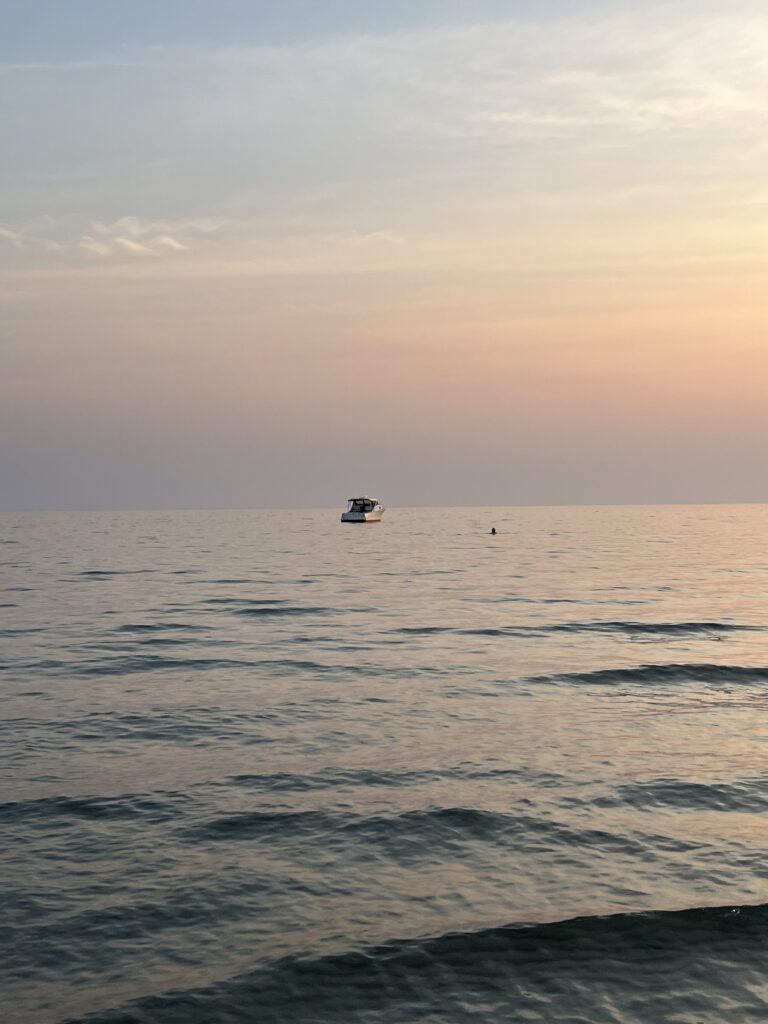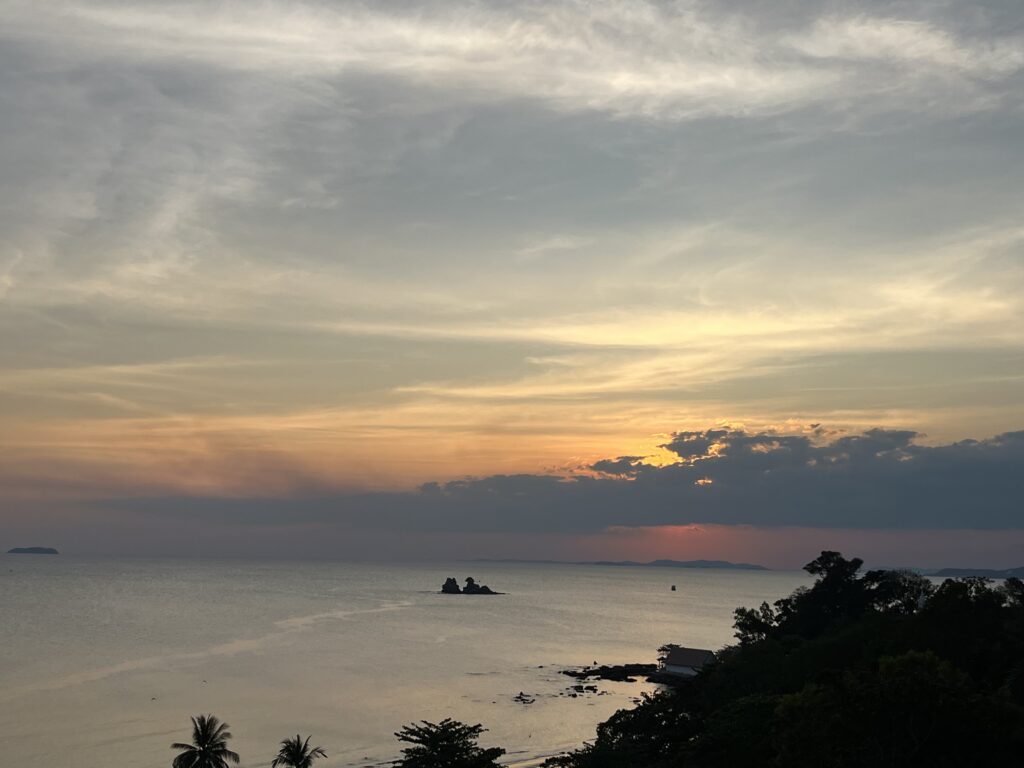
By sitting along the ocean, burying your toes in the sand, listening to the waves, breathing in the salty air, and wishing to find an exotic seashell, one tends to lose sense of time as well as let go of whatever may hang heavy in your mind and heart.
For 300,000 years before we became the majority-urban species, living in natural environments like forests and near rivers was how we survived, were safe, and found comfort.
Therefore, spending time in blue space could make one feel like “returning home,” said Kate Campbell, a health psychology researcher at Te Herenga Waka-Victoria University of Wellington, New Zealand.
The reason humans reacted as mentioned is because aquatic environments or “blue space” are related to humans’ health, well-being, and happiness. The blue space includes the sea and coastline, rivers, lakes, canals, waterfalls, and fountains.
According to “Blue Space: The Importance of Water for Preference, Affect, and Restorativeness Ratings of Natural and Built Scenes,” it shows that the presence of water allows us to be in a less polluted air and more sunlight environment; benefits our physical health through activities like water sports, walking, and cycling, as well as created psychologically restorative effect which helps improving our mood and reducing stress.
Moreover, the research highlights three principles that suggest why aquatic environments could be good for well-being.
The first principle is certain visual properties of blue space. “Our images of water, by contrast, may have offered a greater range of interesting and potentially restorative light patterns and reflections.”
Second, aquatic environments may be associated with more restorative sounds like the ocean waves while the final principle is “immersion.”
“The potential to bathe and swim in water allows a very different interaction with the natural environment than can be achieved on land.” It can reduce both physiological and psychological indicators of stress and mentally stimulate positive perceptions.

Even Bjornstjerne Bjornson, the Norwegian writer, could not argue on this matter, he expressed his strong feelings on the love of nature, ocean particularly, in the poem, “The Ocean” from the collection “Poems and Songs” published in 1870 and translated into English by Arthur Hubbell Palmer in 1915.
I feel, vast Ocean, thy solemn sadness,
To thee abandon my weak devices,
To thee let fly all my anxious longings:
May thy cool breath to my heart bring healing!— Bjornstjerne Bjornson
All in all, the concept of tuning in with our natural heritage like the blue space (or other natural environments) from times to times is essential because it grants us, humans, with priceless opportunities to be nurtured, to find pleasure and inspirations, reconnect with creativity, as well as put our life in perspectives.
Also, being nearer to blue space may become irresistible, or addictive even. In this case, it happens with Kya Clark, the protagonist from Delia Owens’s book “Where the Crawdads Sing,” as, “at some unclaimed moment, the heart-pain seeped away like water into sand. Still there, but deep. Kya laid her hand upon the breathing, wet earth, and the marsh became her mother.” And —
…all she could think of now was getting back into the space of grass and sky and water.
— Delia Owens
Sources:
- https://allpoetry.com/poem/8490569-The-Ocean-by-Bjornstjerne-Bjornson
- https://www.bbc.com/future/article/20221108-the-doctors-prescribing-blue-therapy#:~:text=They%20collected%20over%20a%20million,cardiovascular%20disease%20and%20premature%20death.
- Owen, Delia. “Where the Crawdads Sing.” Putnam. 2018.
- https://www.theguardian.com/lifeandstyle/2019/nov/03/blue-space-living-near-water-good-secret-of-happiness
- White, Mathew, et al. “Blue Space: The Importance of Water for Preference, Affect, and Restorativeness Ratings of Natural and Built Scenes.” Journal of Environmental Psychology, vol. 30, no. 4, Dec. 2010, pp. 482–93. EBSCOhost, https://doi-org.ezproxy.snhu.edu/10.1016/j.jenvp.2010.04.004





